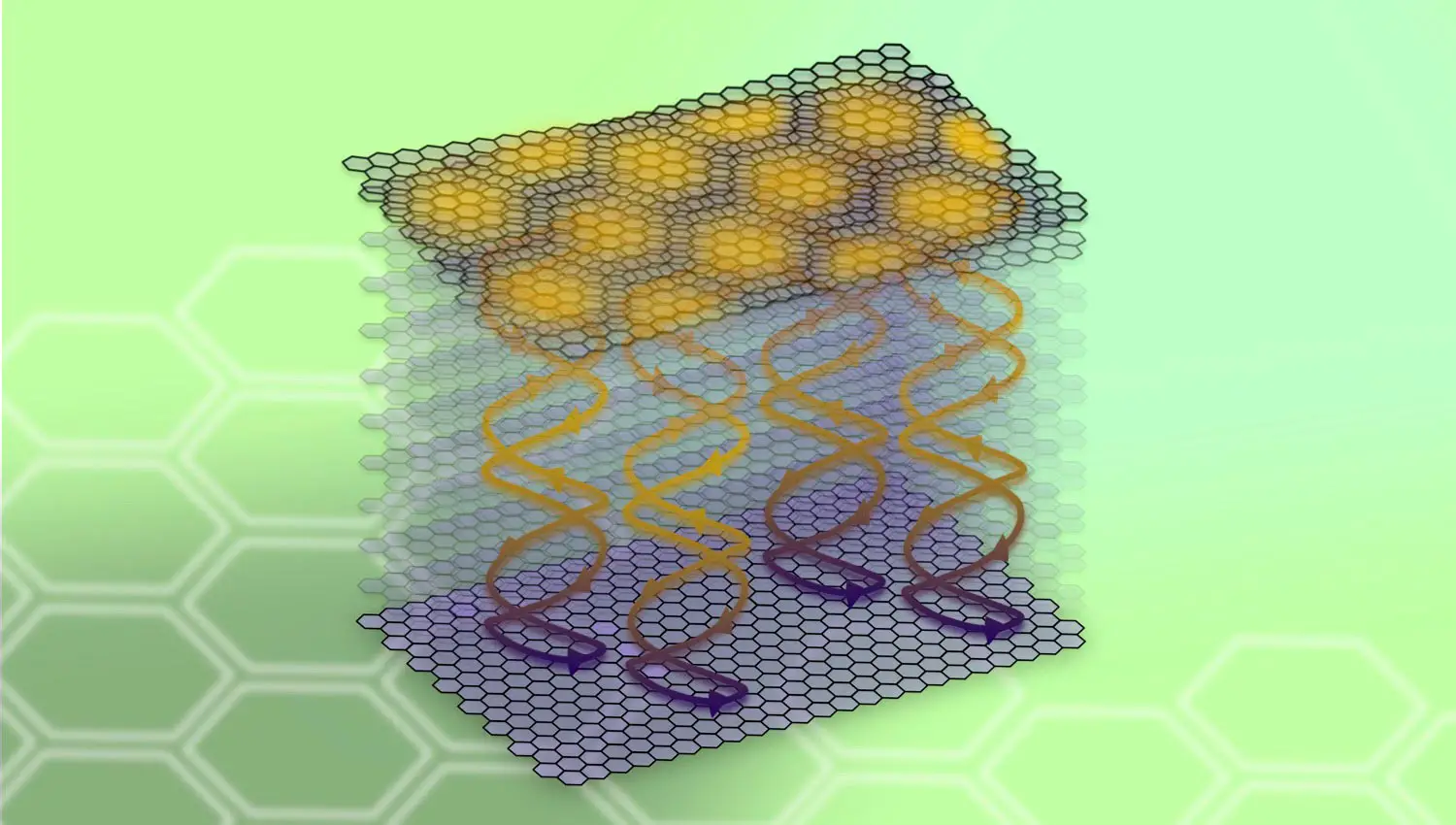Connecting the graphene layer with graphite can extend its benefits to regular graphite.
Graphene is the 2D version of the carbon molecule. That 2D material is harder than steel. And it can be used as an extremely strong coating. There is a possibility that ion cannons can shoot the graphene structure onto the metal layer. And that thing gives the metal an extremely strong shell. The armor is suitable for things like armor and many other things. But producing a large mass of that material is difficult.
Graphene is the ultimate tool. The problem with graphene is that its ultimate abilities exist only in its 2D structures. And to transform graphite into graphene, the system must remove all other layers of carbon atoms. That makes it hard to produce the ultimate material. Graphene is a carbon molecule with only one atom layer. There is a possibility that the graphene can connect with graphite, which is carbon's more common allotropic form. In some models, graphite molecules can be put between graphene layers. And there are those graphite molecules forming pillars.
The other version is to install graphene over graphite at a certain angle. That thing is a revolution in graphene production. The extremely thin laser ray can remove the top layer of graphite. The system will remove all extra-atomic layers from that chip. And then that system puts that one-atom layer back on top of graphite. That makes it possible to create graphene bricks that are easier to handle than one-layer graphene.
"A University of Washington-led team has discovered that by stacking a sheet of graphene onto bulk graphite at a small twist angle (top), "exotic" properties present at the graphene-graphite interface (yellow) can bleed down into the graphite itself. Credit: Ellis Thompson" (ScitechDaily.com/Gateway to the 3D Material Revolution: Researchers Put a Graphene Twist on Graphite)
"For the first time, scientists have observed metal spontaneously healing its microscopic cracks, a phenomenon that contradicts conventional material theories and opens a new frontier in engineering and materials science. (Artist’s concept)" (ScitechDaily.com/"Absolutely Stunning": Scientists Discover Metals That Can Heal Themselves)
The new metals can heal themselves.
The ability to fix small, microscopic cracks makes new metals very interesting tools. This ability makes it possible to create layers that have extremely good abilities to stand against punches. Those abilities are needed in spacecraft, and all other things that must resist suddenly happening have high-power impacts.
This is one version of the material that can revolutionize designs. Nanotechnology makes it possible to create metals that can change their forms from liquid to solid. The idea is that the structure of those metal molecules emulates things like liquid crystals. The metal would be solid when its structure was in crystal form. Then an electromagnetic or acoustic impulse breaks that structure into liquid.
The metal that can transform itself into liquid and solid got its inspiration from the T-1000 robot from the Terminator movies. The metal is full of microchips that send acoustical or EM signals through its structure. And that thing puts that metal in order or breaks the crystal form. The molecules used in those systems might look like water or ammonia molecules.
But as an example, In those "metallic water" molecules, some atoms are replaced by metal atoms. So "metallic water" can be a carbon atom that is connected to some metals, and then that molecule's form is the same as water. Things like the ability to manipulate light and make ultra-thin laser light that can push single atoms make new types of extremely accurate material manipulation possible.
https://scitechdaily.com/absolutely-stunning-scientists-discover-metals-that-can-heal-themselves/?expand_article=1
https://scitechdaily.com/shrinking-light-nanoscale-optical-breakthrough-unlocks-a-world-of-quantum-possibilities/
https://scitechdaily.com/gateway-to-3d-material-revolution-researchers-put-a-graphene-twist-on-graphite/?expand_article=1






No comments:
Post a Comment
Note: Only a member of this blog may post a comment.